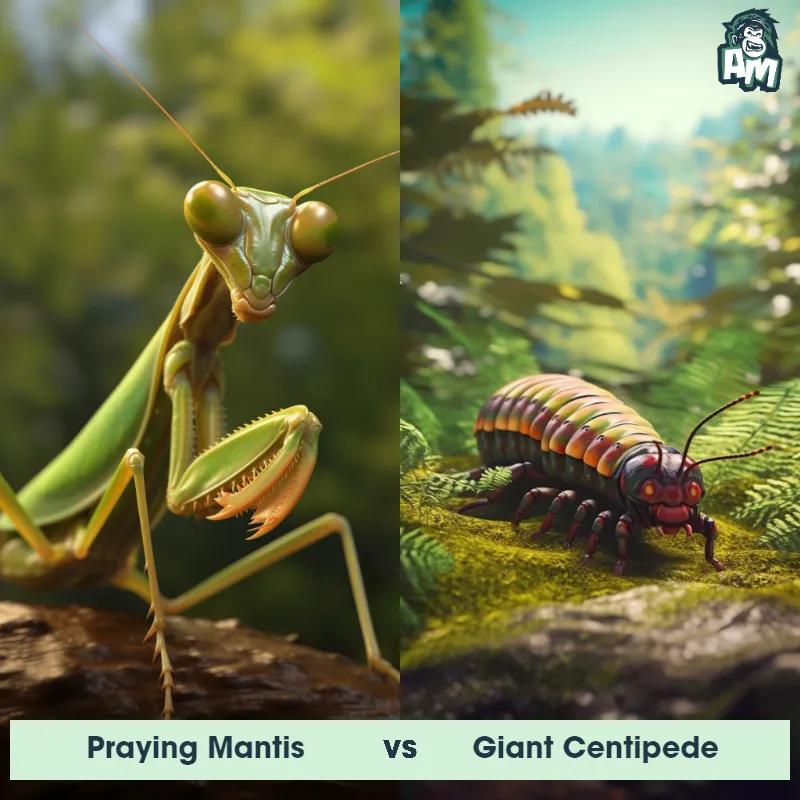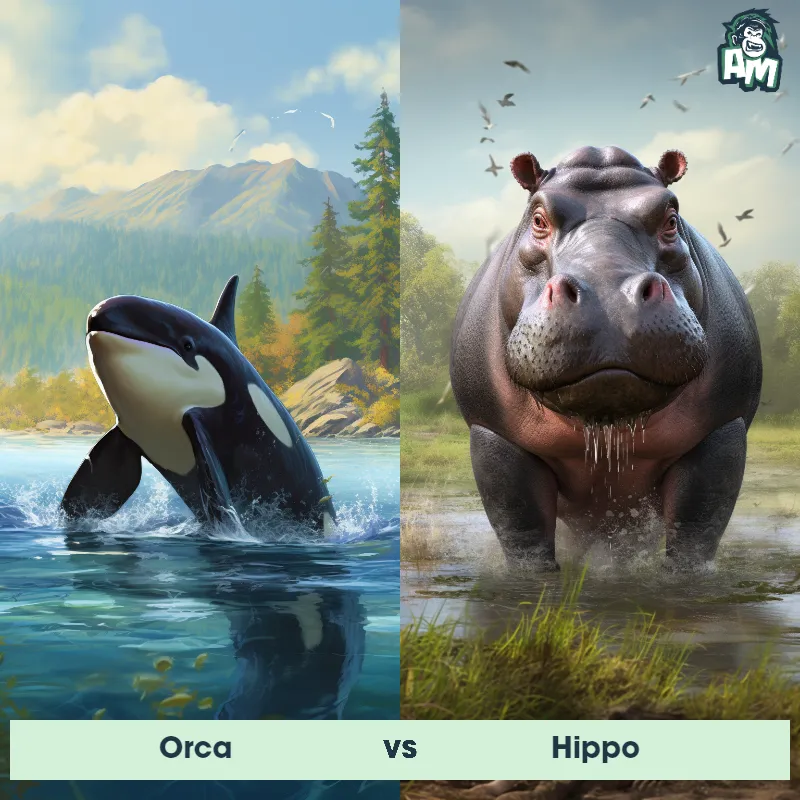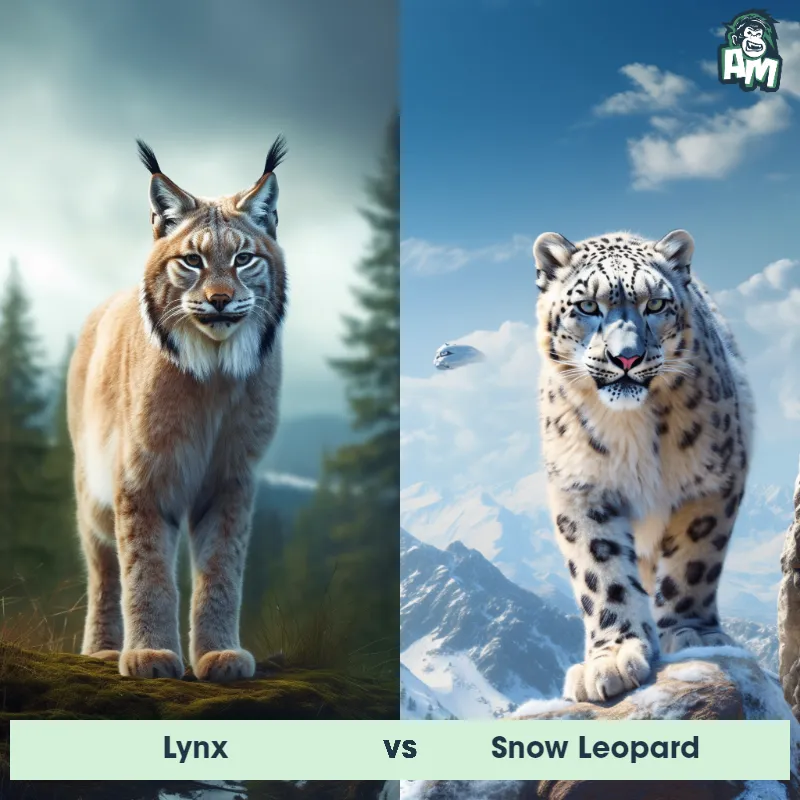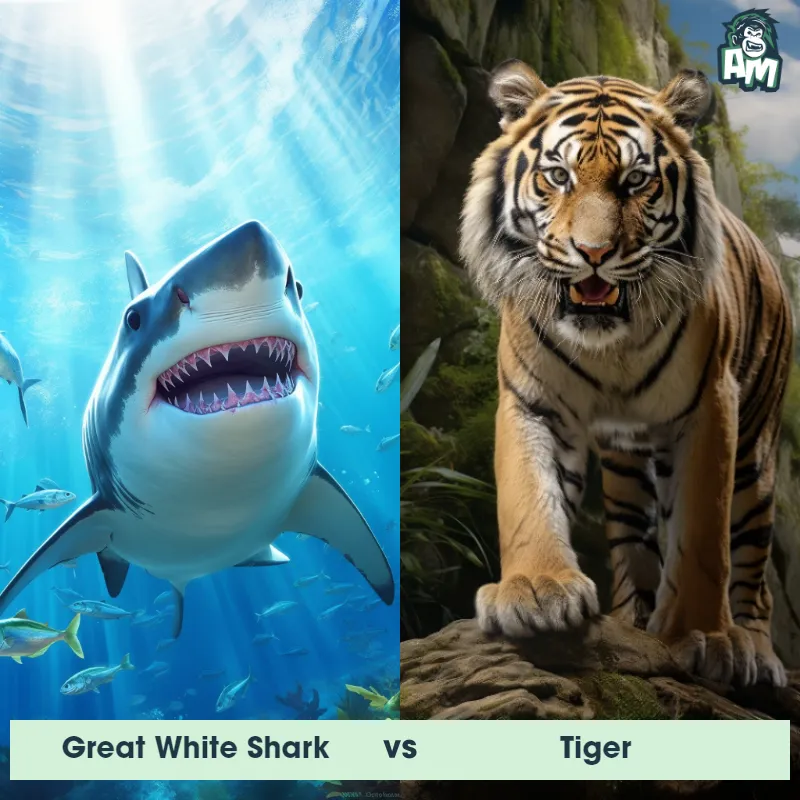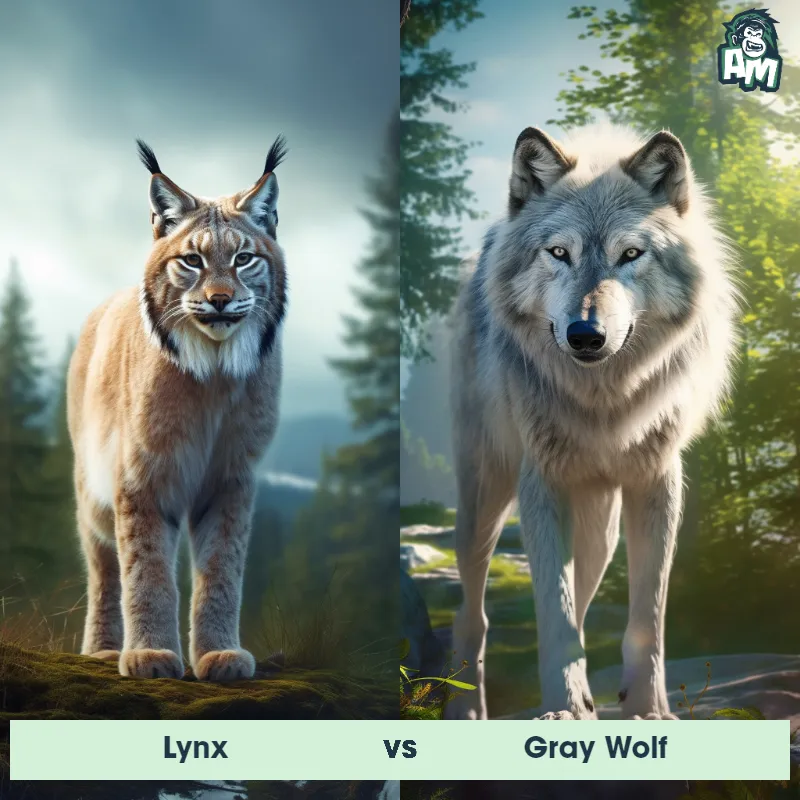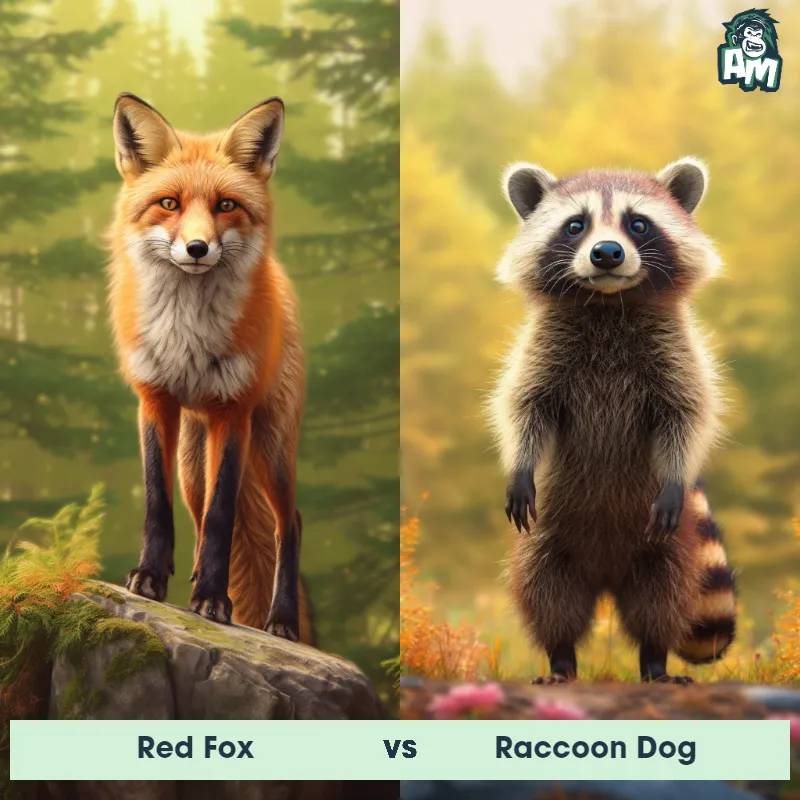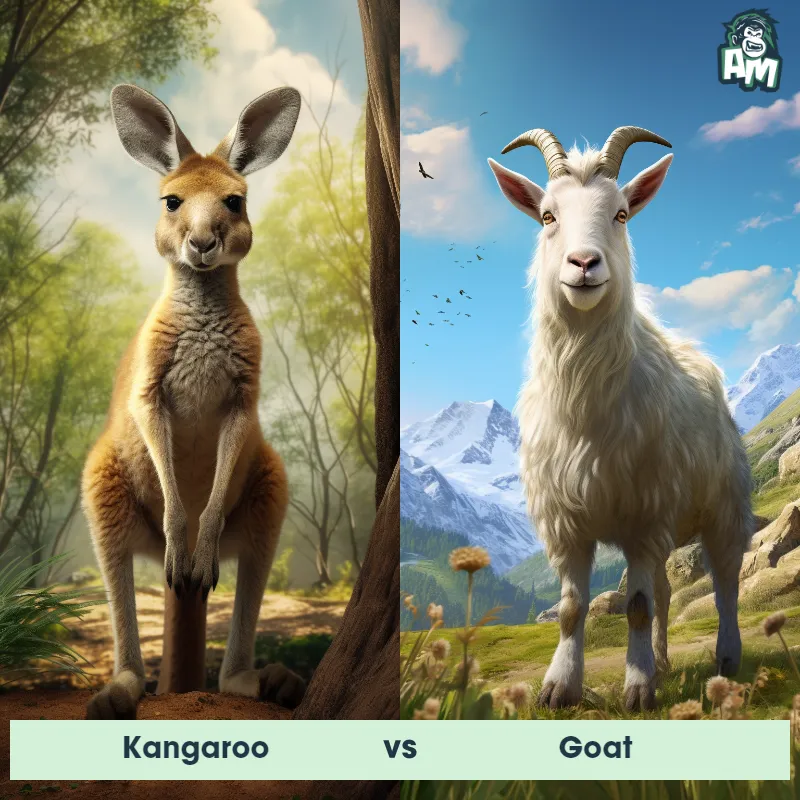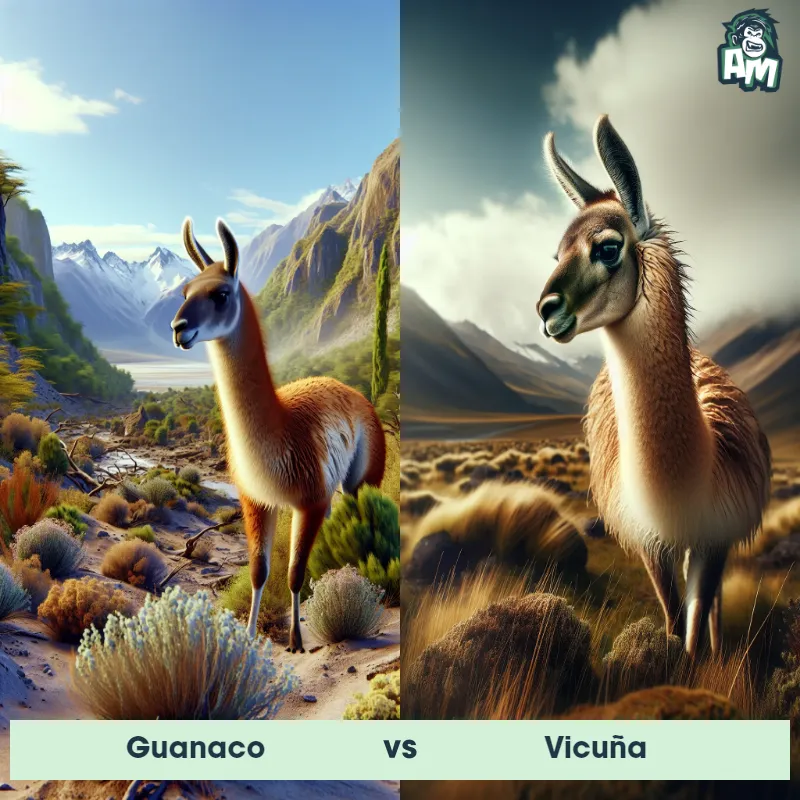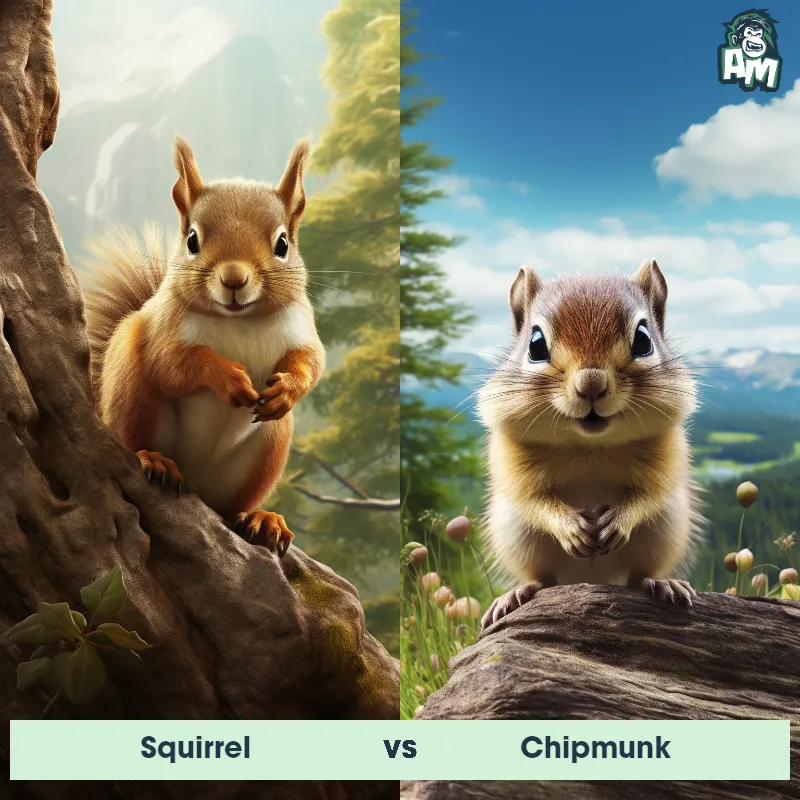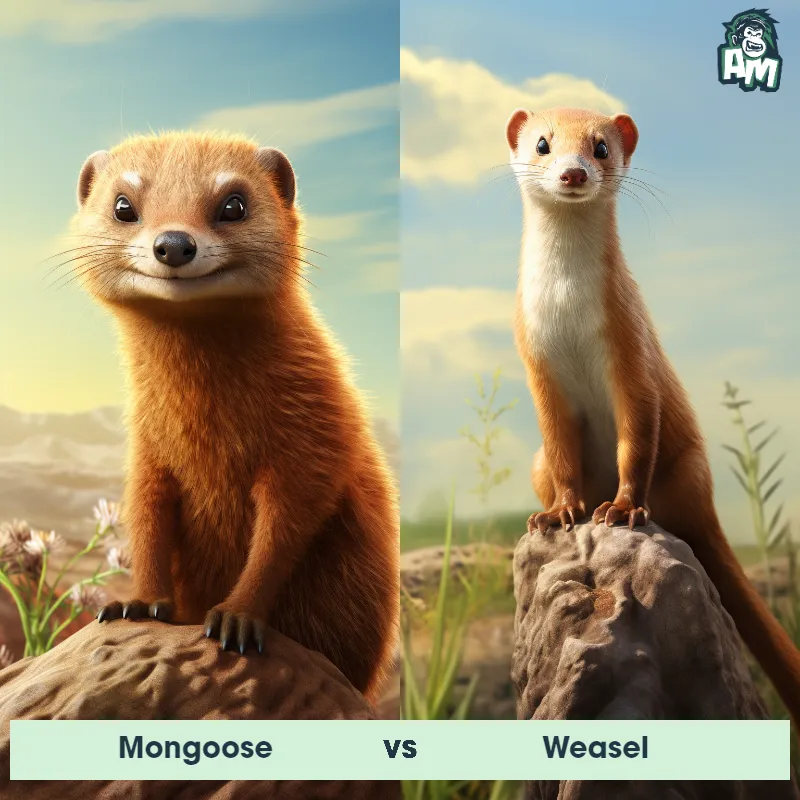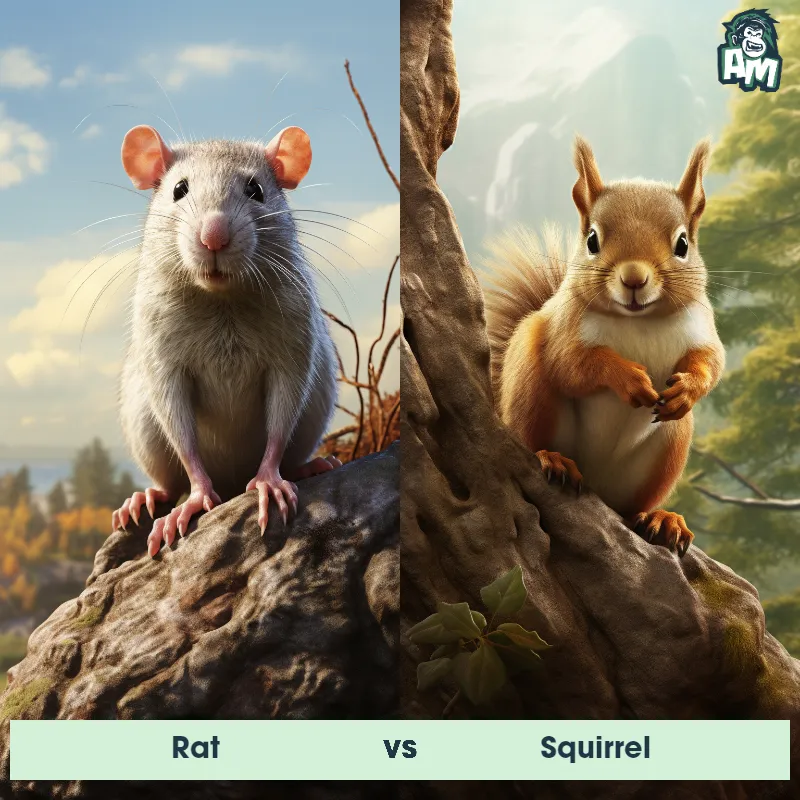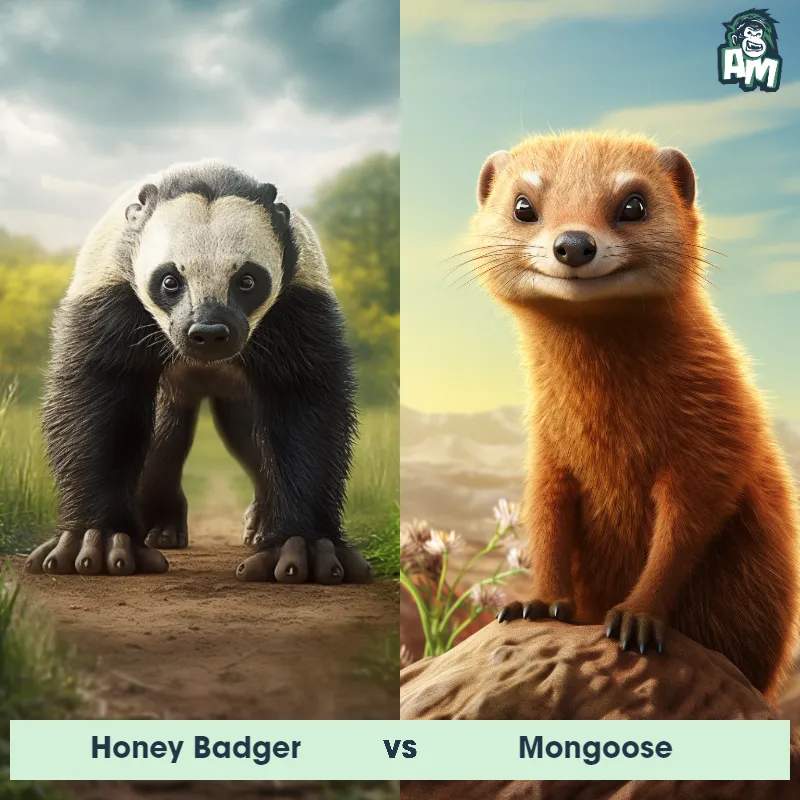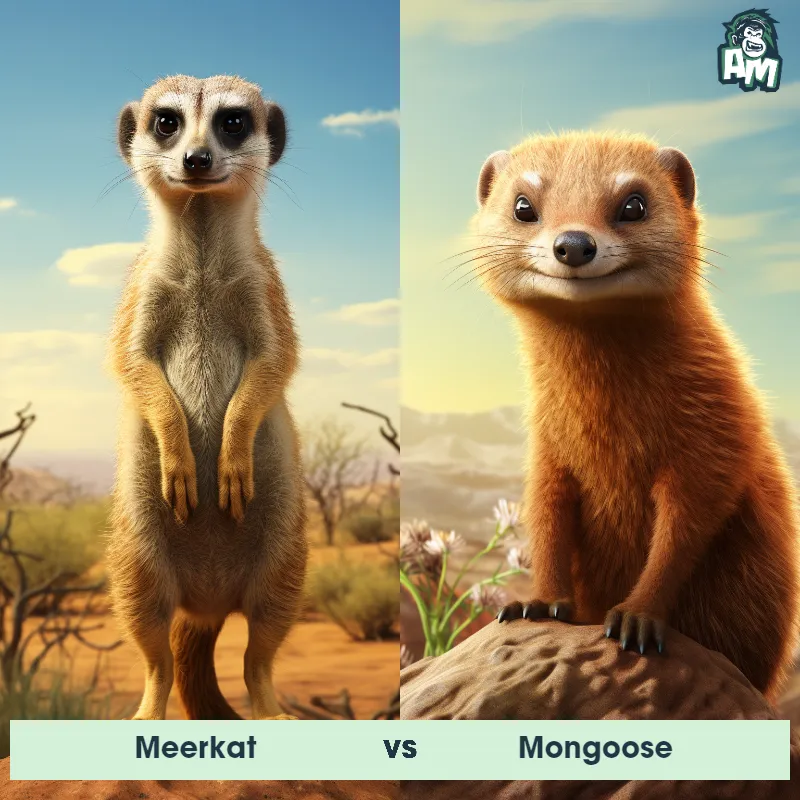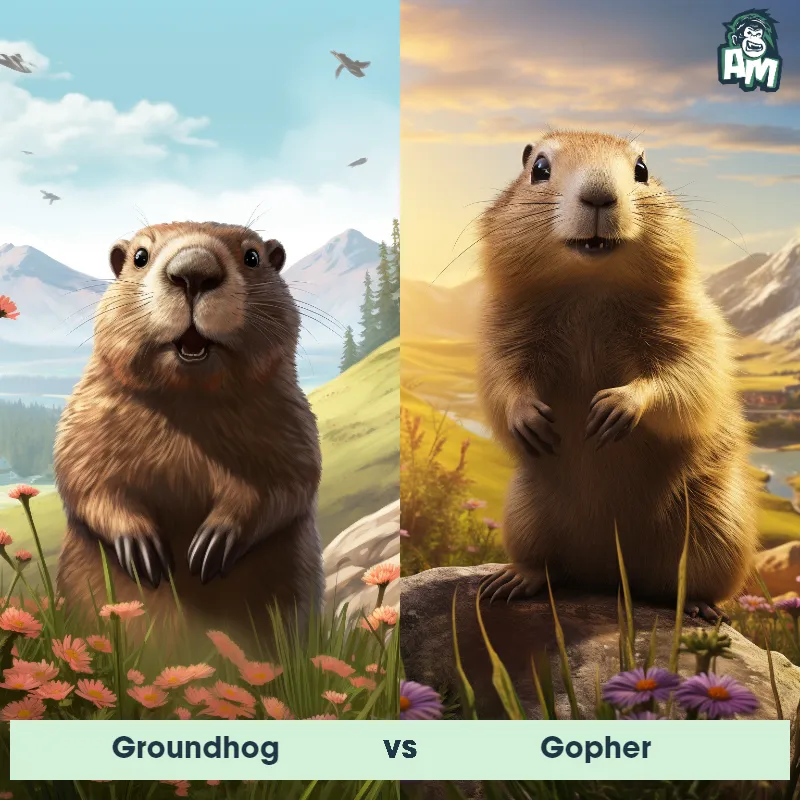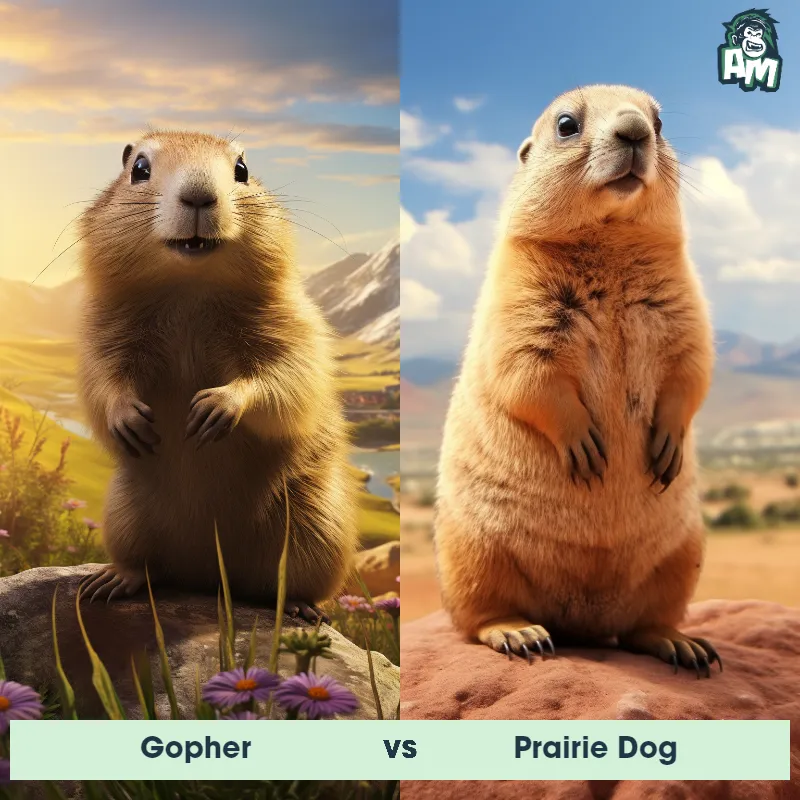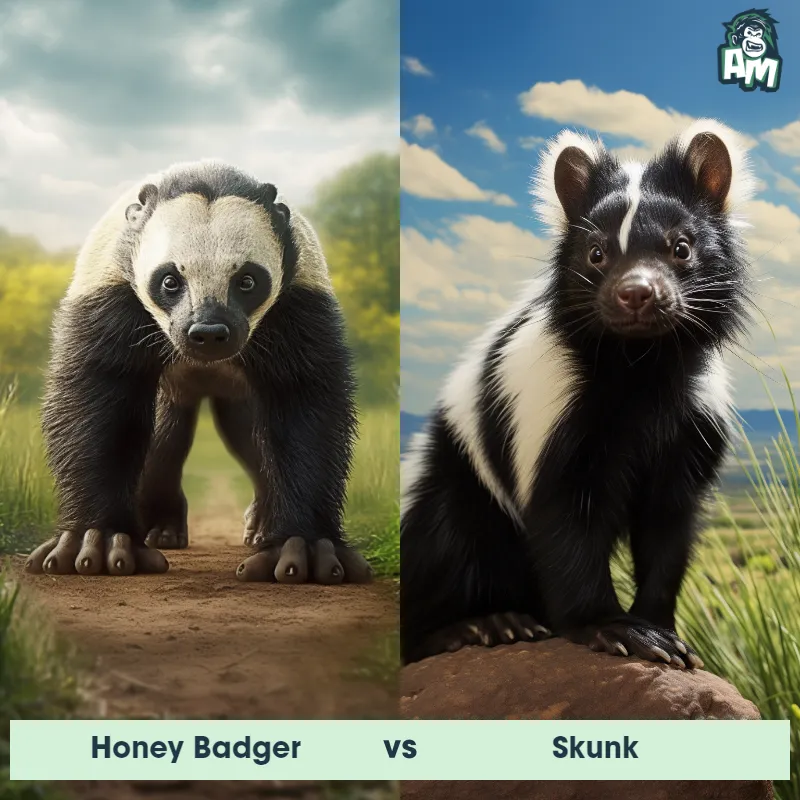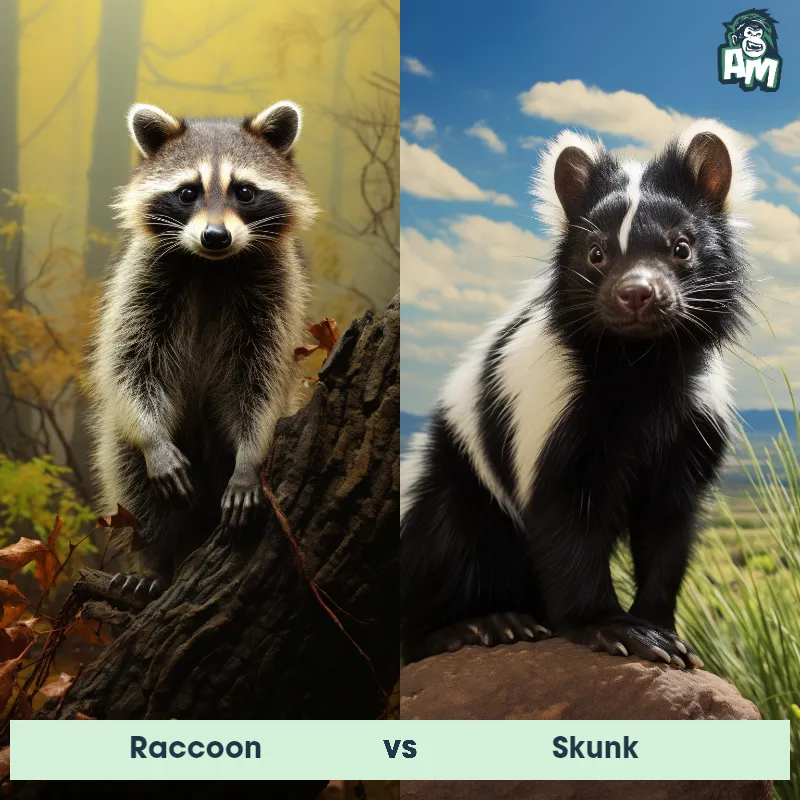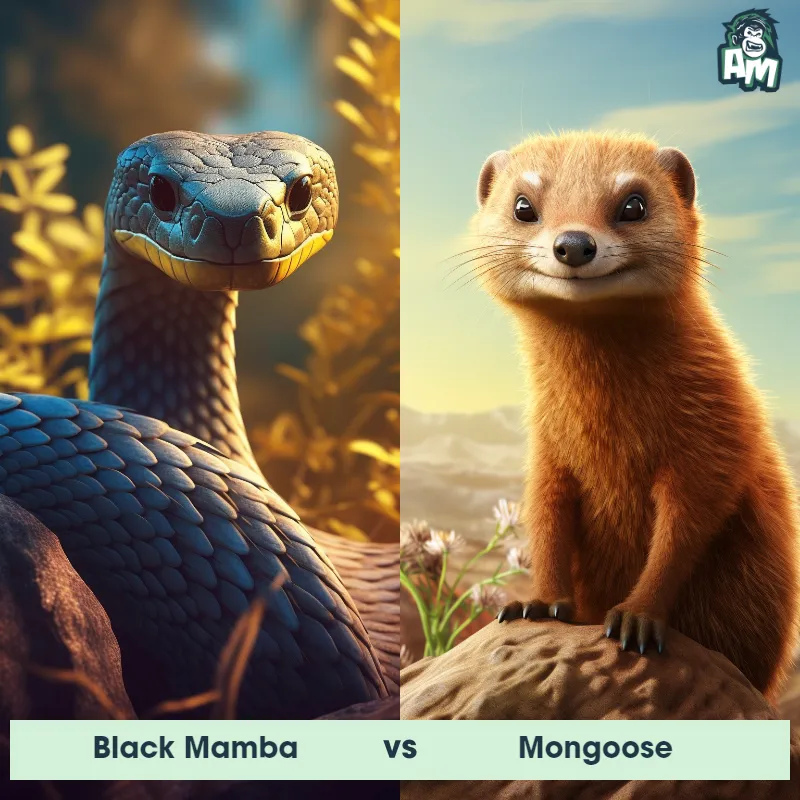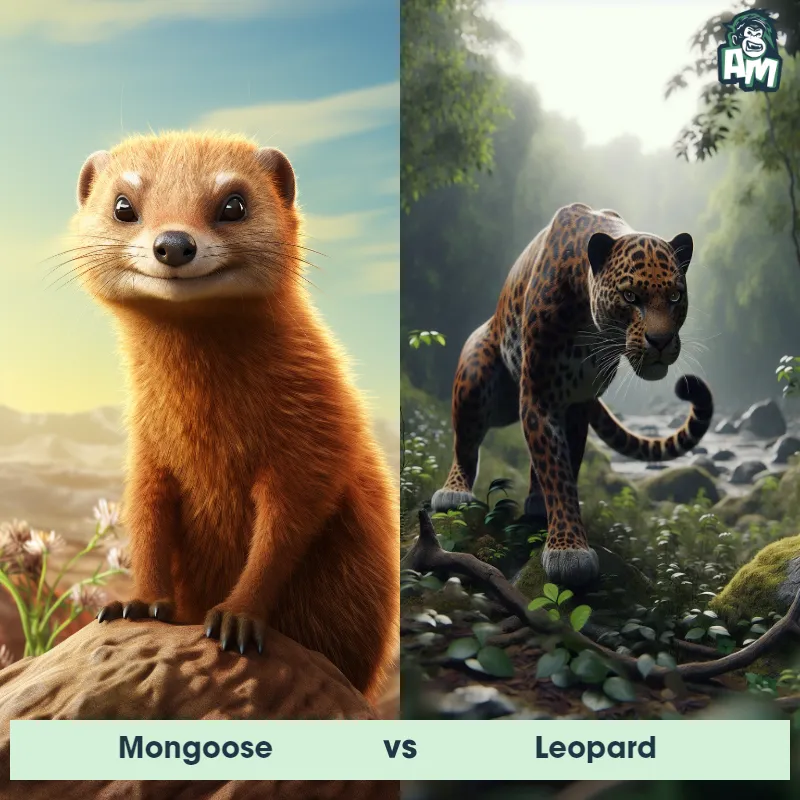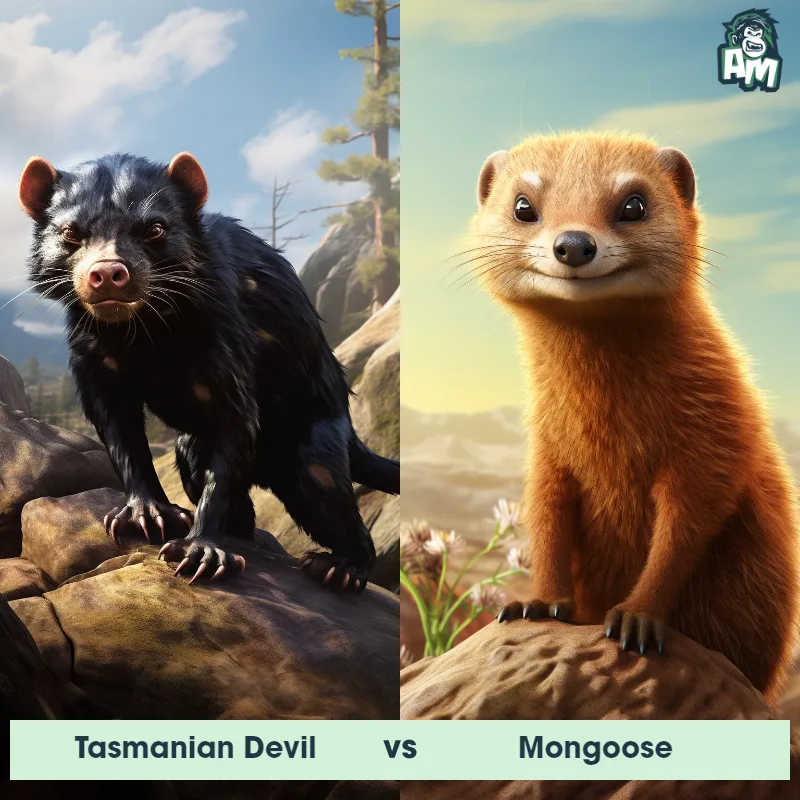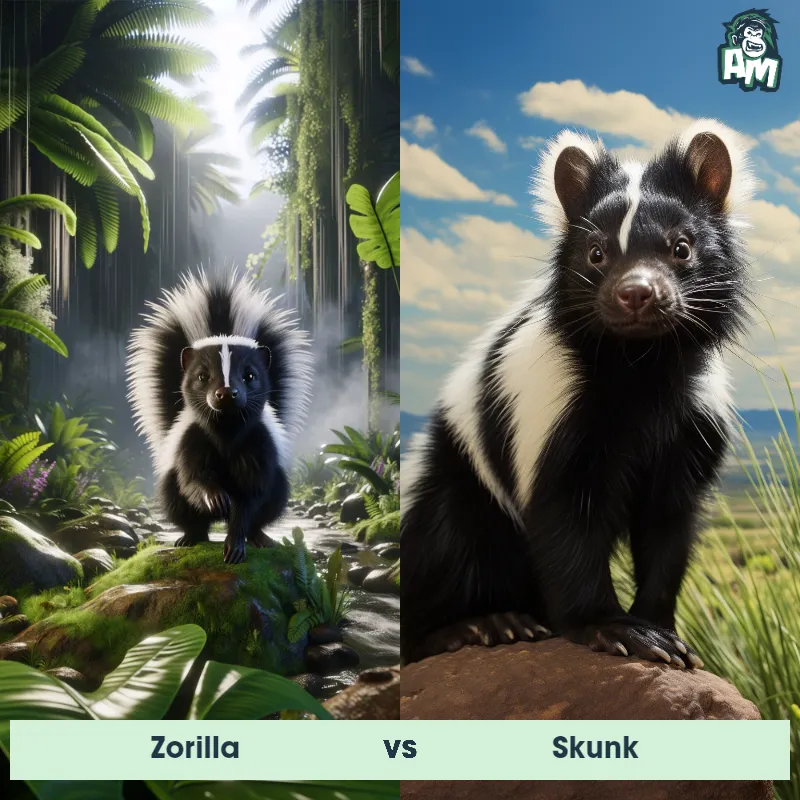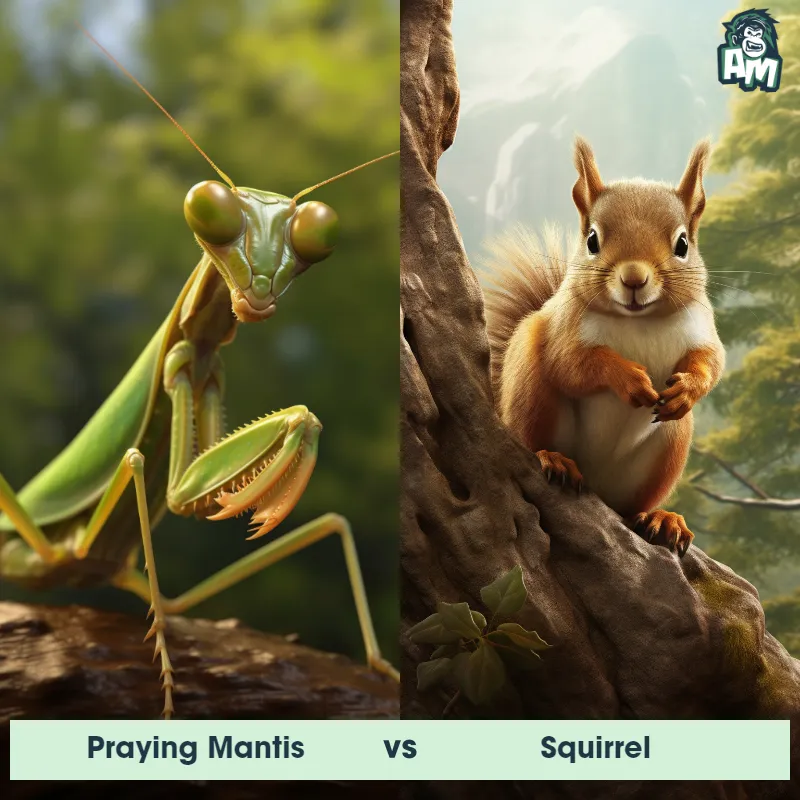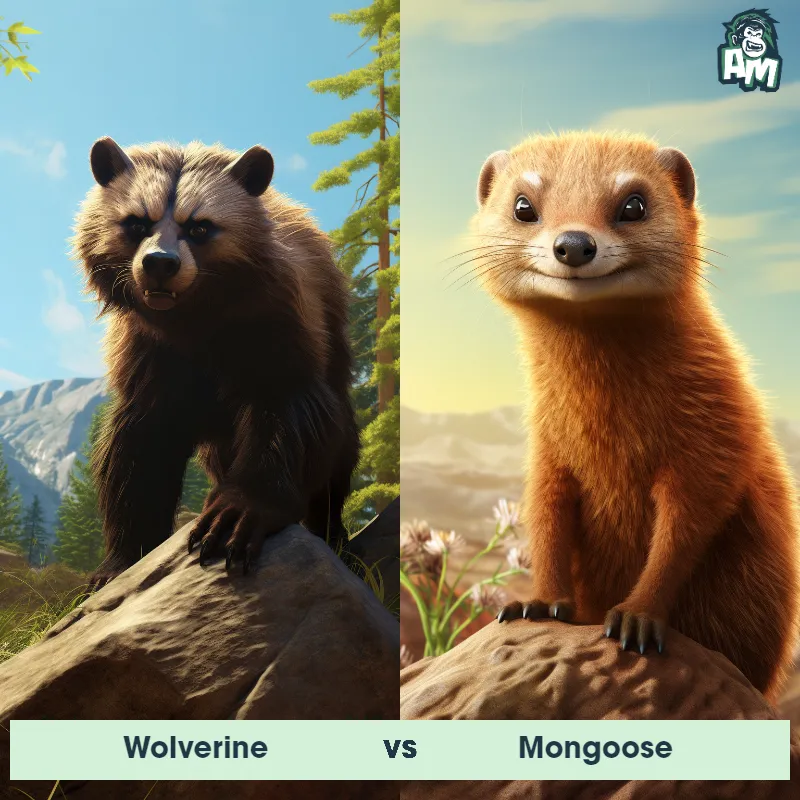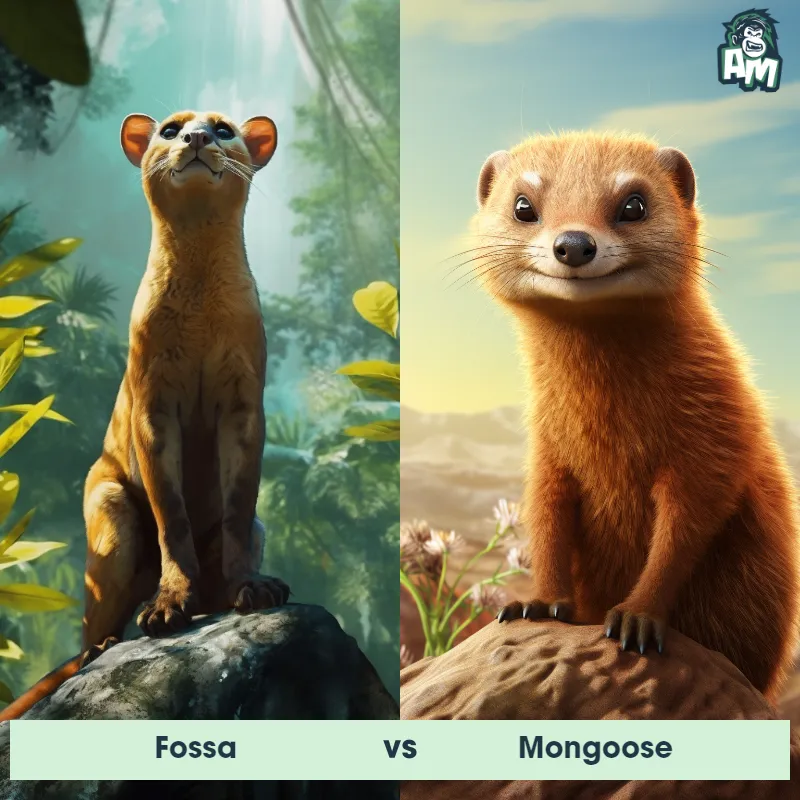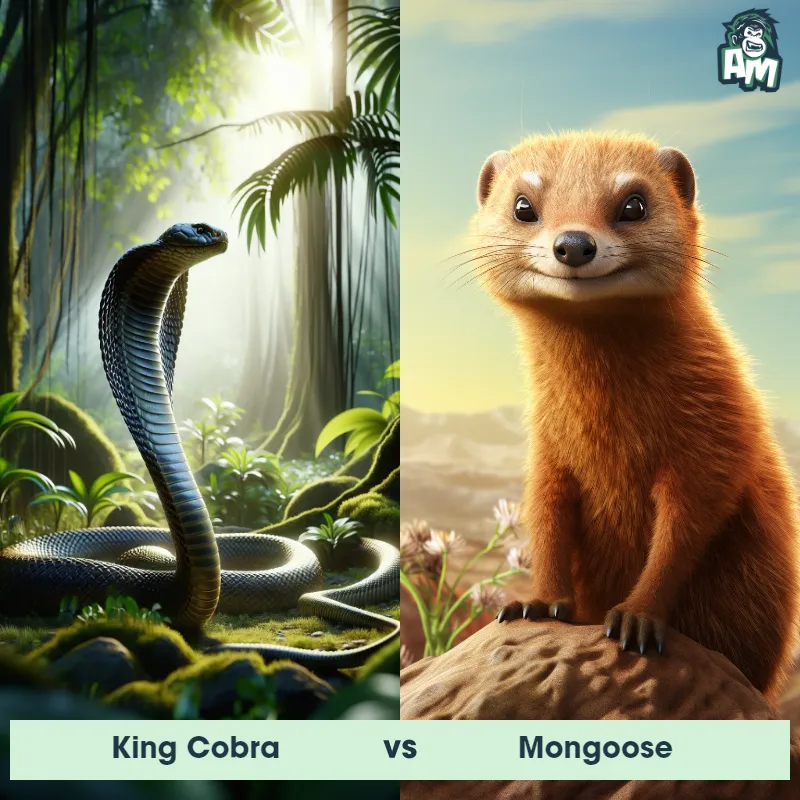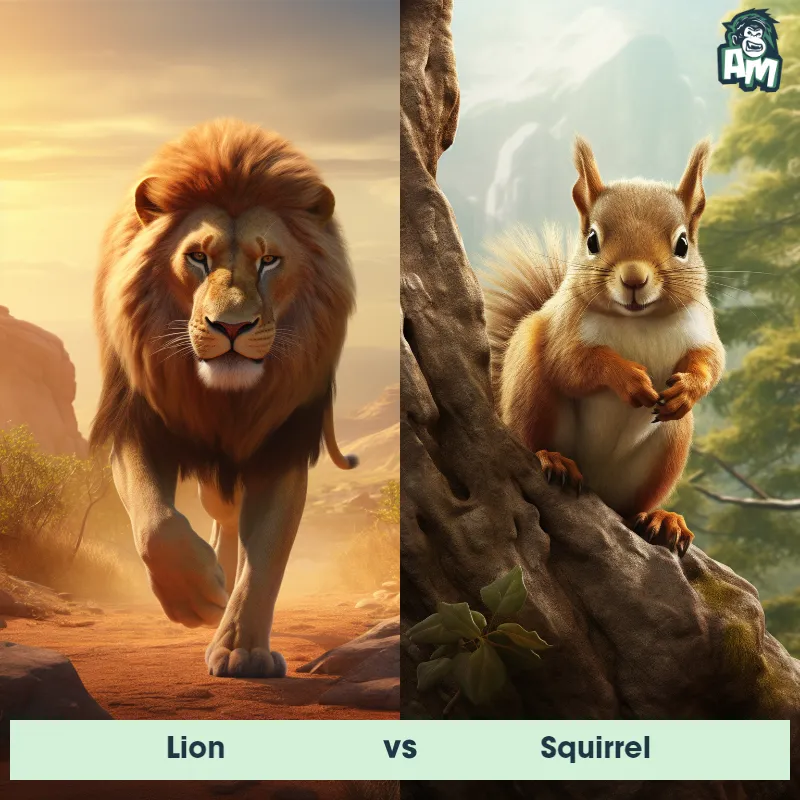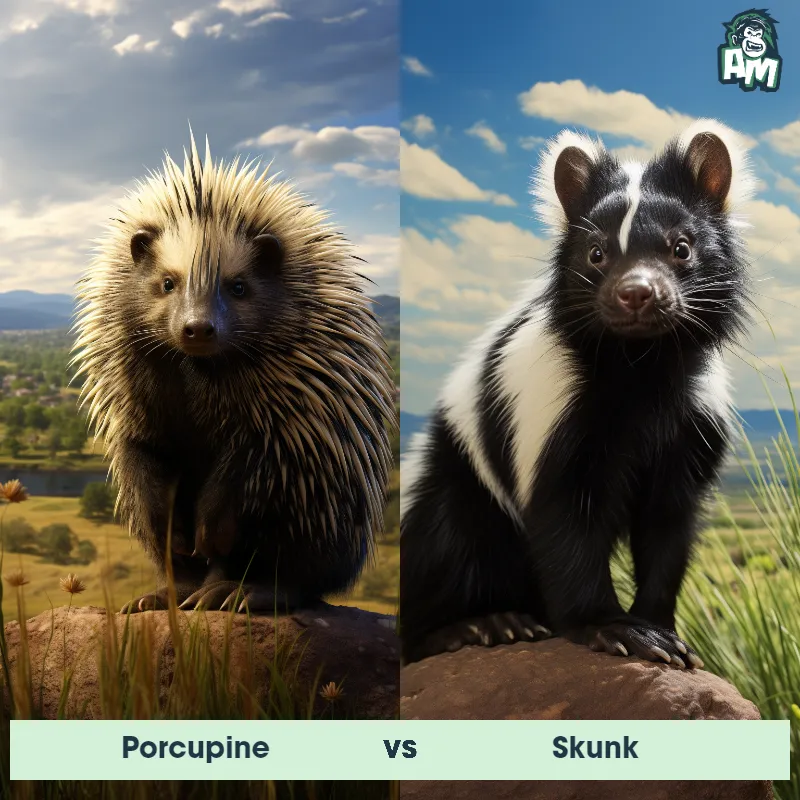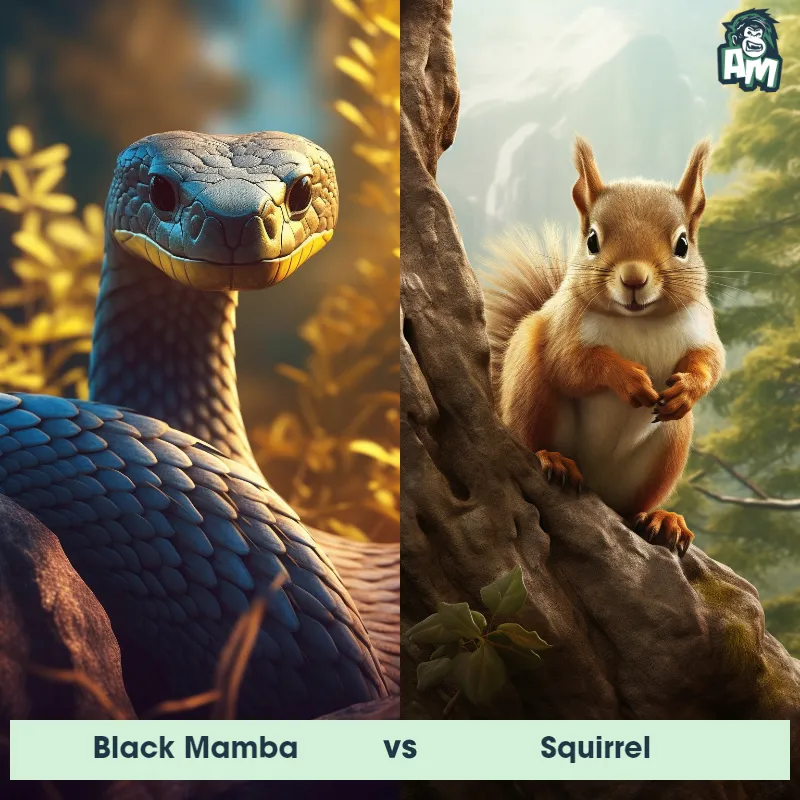Skunk vs SquirrelSee Who Wins

Ladies and gentlemen, welcome to this thrilling match-up between a skunk and a squirrel! We've got quite the showdown in store for you today, as these two opponents step into the ring. Both creatures are known for their agility and quick reflexes, so we can expect a fierce battle ahead. Let's dive right into the action!
Contender 1: Skunk
The skunk is a small to medium-sized mammal best known for its ability to secrete a pungent odor when threatened. Skunks are identifiable by their black fur with a distinctive white stripe that runs down their back and tail. They have a small head, short legs, and a bushy tail. Skunks are omnivores and feed on a varied diet, including insects, small rodents, fruits, and plants.
Fun Fact: Skunks are not as indiscriminate with their spray as people often believe; they can accurately spray their scent at a target up to 10 feet away.
Contender 2: Squirrel
The Squirrel is a small to medium-sized rodent, known for its bushy tail and agile climbing abilities. They have a slender body covered in soft, silky fur and vary significantly in color, from red and brown to grey and black, depending on the species. Squirrels are arboreal creatures, meaning they spend a significant amount of time in trees, where they forage for nuts and seeds, their primary diet.
Fun Fact: Interestingly, squirrels plant thousands of new trees each year simply by forgetting where they buried their acorns and nuts, playing a crucial role in forest regeneration.
Matchup Stats
| Skunk | Squirrel | |
|---|---|---|
| Size | 8-19 inches (20-48 cm) | 5-20 inches (13-51 cm) |
| Weight | 1.1-14 lbs (0.5-6.3 kg) | 0.5-1.5 lbs (0.2-0.7 kg) |
| Speed | 10mph (16km/h) | 12 mph (19 km/h) |
| Key Strength | Ability to spray a pungent odor | Agility and Speed |
| Biggest Weakness | Limited spray range (up to 10 feet) | Small Size and Lack of Defensive Weapons |
Current Votes
Skunk vs Squirrel
See Who Wins
View More Matches
Looking For More?
Similar Matches
Scientific Stats
| Skunk | Squirrel | |
|---|---|---|
| Scientific Name | Mephitidae | Sciuridae |
| Family | Carnivora | Rodentia |
| Habitat | Forests, grasslands, and suburban areas | Forests, Woodlands, Urban and Suburban Areas |
| Geography | North and South America | Worldwide except Antarctica |
| Diet | Omnivorous (insects, small rodents, fruits, and plants) | Nuts, Seeds, Fruits, Insects, and Occasionally Bird Eggs |
| Lifespan | 2 years - 10 years | 5 years - 12 years |
Key Differences between Skunk and Squirrel
- Facial Features: Skunks have a distinctive facial pattern with white stripes running down their snout and cheeks, contrasting with their darker fur, whereas Squirrels have a more uniform coloration on their face.
- Color: Skunks are typically black with a prominent white stripe running down their back, while Squirrels come in a variety of colors such as gray, brown, and red.
- Ears: Skunks have smaller, rounded ears compared to Squirrels, whose ears are larger and more pointed.
- Size: Skunks are generally larger than Squirrels, with an average length ranging from 20 to 30 inches, while Squirrels tend to range from 9 to 21 inches in length.
- Fur Texture: Skunks have coarse and wiry fur, whereas Squirrels have a softer and more velvety fur texture.
- Tail: Skunks have a bushy tail, similar to a Squirrel, but Skunks' tails are primarily black with a white tip, while Squirrels' tails are typically one solid color matching their body.



